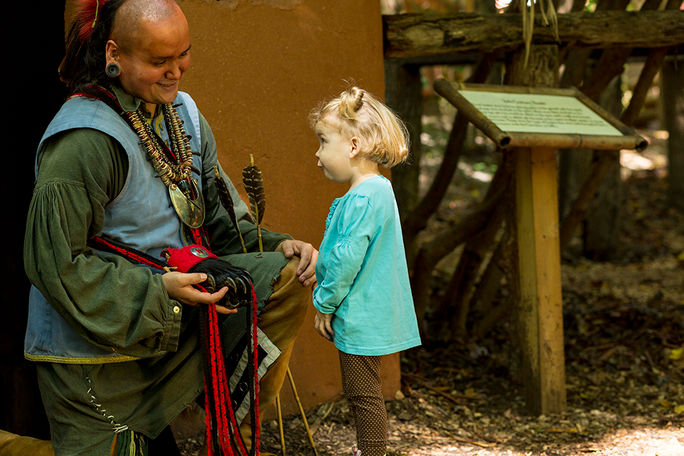
by Lacey Pfalz
Last updated: 10:40 AM ET, Thu October 10, 2024

Oconaluftee Indian Village in North Carolina, just one of many examples of Indigenous tourism in America. (Photo Credit: Eastern Band of Cherokee)
The World Travel & Tourism Council (WTTC) published the first report of its kind on October 10, detailing how the worldˇŻs Indigenous tourism is projected to contribute USD $67 billion to the global economy by 2034.?
The report, Supporting Global Indigenous Tourism, was published during the councilˇŻs Global Summit in Perth, Western Australia.?
It showcases Indigenous tourism as a key economic driver, especially in remote regions and for cultural preservation and land stewardship. The global Indigenous tourism market is expected to grow at a compound annual growth rate of 4.1 percent over the next decade.?
In Western Australia, Aboriginal tourism generated $63.8 million to the regionˇŻs GDP in 2021-22, and almost nine in ten visitors participated in the tourism category in the region in 2023-24.?
Yet itˇŻs not just important in Australia.?
In Canada, the sector supports almost 2,000 businesses and over 39,000 jobs, generating CA$1.7 billion to the economy in 2017; a number that has likely grown.?
In PanamaˇŻs Guna Yala region, the Guna people rely on Indigenous tourism as a way to create self-sufficiency, offering experiences for travelers to learn about their culture and way of life.?
The report also touches on the challenges that Indigenous operators face in securing funding. CanadaˇŻs Indigenous Tourism Destination Fund aims to change that with a goal of raising CA$2.6 billion by 2030, creating 800 new Indigenous businesses and over 21,000 new jobs.?
"Indigenous tourism is not only about showcasing rich cultural traditions; itˇŻs about empowering communities, creating sustainable jobs, and ensuring that Indigenous people are in control of their own stories and economic futures,ˇ± said Julia Simpson, WTTC President & CEO at the Global Summit.
ˇ°This report demonstrates the immense potential of Indigenous tourism to drive economic growth, particularly in remote regions, while preserving invaluable cultural heritage,ˇ± continued Simpson. ˇ°As global demand for authentic experiences continues to rise, it is crucial that we support Indigenous businesses and ensure they have access to the resources and funding needed to thrive.ˇ±
For the latest travel news, updates and deals, subscribe to the daily TravelPulse newsletter.
Topics From This Article to Explore